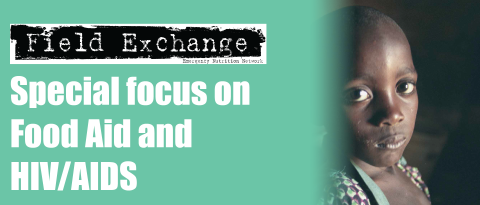BMI: A Strong and Independent Predictor of Survival in HIV
Summary of published research1
The identification of basic prognostic indicators of HIV infection is essential before widespread antiretroviral therapy can be implemented in low-technology settings. A recent study assessed how well body mass index (BMI:kg/m2) predicts survival.
BMI within 3 months of HIV diagnosis was obtained from 1657 patients aged >15 years, recruited in a seroprevalent clinical cohort in The Gambia since 1992, and followed up at least once. Baseline CD4+ counts and clinical assessment at time of diagnosis were collated.
The mortality hazard ratio (HR) of those with a baseline BMI <18 compared with those with a baseline BMI > 18 was 3.4 (95% CI, 3.0-3.9). The median survival time of those presenting with a BMI <16 was 0.8 years, in contrast to a median survival of 8.9 years for those with a baseline BMI >22. Baseline BMI <18 remained a highly significant independent predictor of mortality after adjustment for age, sex, cotrimoxazole prophylaxis, tuberculosis, reported wasting at diagnosis, and baseline CD4+ cell count (adjusted HR = 2.5, 95% CI 2.0-3.0). Sensitivity and specificity of baseline BMI <18 was comparable to that of a CD4+ count <200 in predicting mortality within 6 months of diagnosis.
BMI at diagnosis is a strong, independent predictor of survival in HIV-infected patients in West Africa. In the absence of sophisticated clinical and laboratory support, BMI may also prove a useful guide for deciding when to initiate antiretroviral therapy.
1Marianne AB van der Sande, Maarten F.Schim van der Loeff, Akum A. Aveika, Saihou Sabally, Toyin Togun, Ramu, Sarge- Njie, Abraham S. Alabi, Assan Jaye, Tumani Corrah, and Hilton C. Whittle, (2004). Body Mass Index at Time of HIV Diagnosis. A Strong and Independent Predictor of Survival. J Acquir Immune Defic Syndr 2004;37:1288-1294
Imported from FEX website


